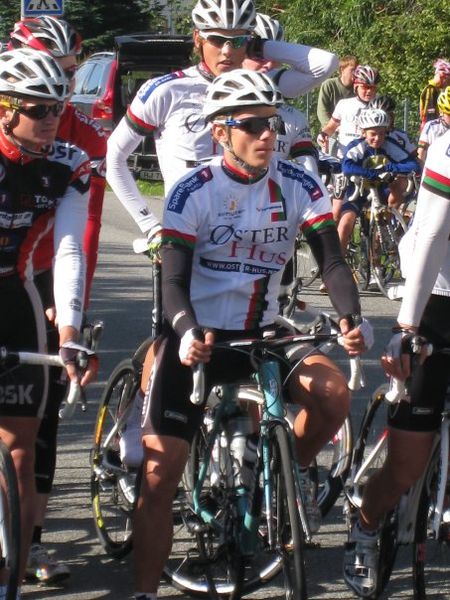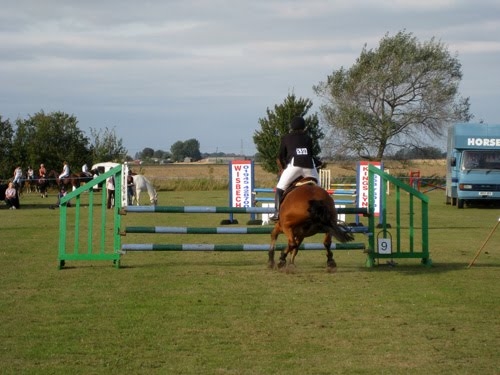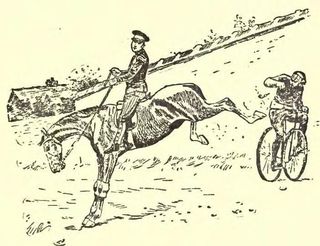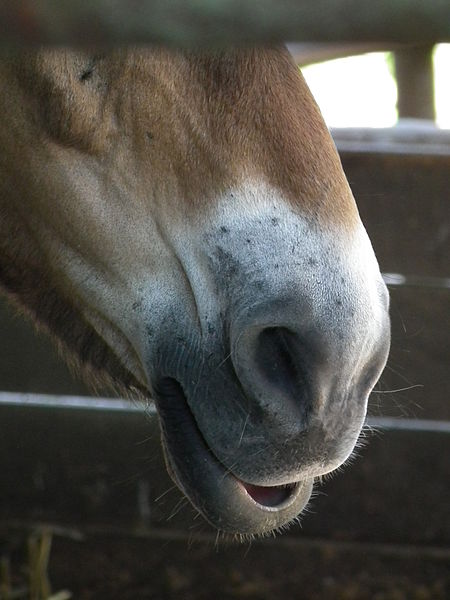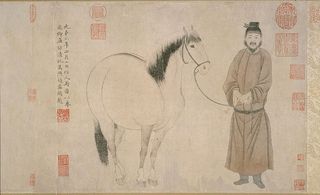Horse Safety
In this horsecarecourses.com free guide you'll find plenty of safety tips to help keep you safe around horses
Browse these next
- Casino Not On Gamstop
- Casinos Not On Gamstop
- Casino Sites Not On Gamstop
- Casino Sites Not On Gamstop
- Gambling Sites Not On Gamstop
- Casino Online Stranieri Non Aams
- Non Gamstop Casino
- Sites Not On Gamstop
- Slots Not On Gamstop
- オンラインカジノ 日本
- Casino Not On Gamstop
- Online Casino Sites UK
- Casino Sites Not On Gamstop
- Casino En Ligne Fiable
- Beste Online Casinos
- Non Gamstop Casino UK
- Casino Sites Not On Gamstop
- UK Betting Sites
- Non Gamstop Casino UK
- UK Casino Sites Not On Gamstop
- Casinos Not On Gamstop
- Uk Sports Betting Sites Not On Gamstop
- Casino Sites Not On Gamstop
- Migliori Bonus Casino Online
- Crypto Casino
Why a cycle helmet won't do for horse riding
Because of the cost, you can buy a cycle helmet for half the price of the cheapest horse riding helmet, some people are tempted to wear cycle helmets for head protection whilst horse riding.
But protective headgear is sport-specific and a helmet designed for another sport is not suitable as it will not have the correct safety standards. eg. bicycle helmets are designed to sustain impact from the height of a fall from a bike not from the height of a fall from a horse.
Detailed studies about the type of head injuries common to a sport are used in the design of protective headgear. As most falls from bicycles are forward bike helmets are designed to protect the top of the head. If you look at an equestrian helmet you'll notice that it covers more of the head, especially the back of the skull where protection is needed to help prevent basal skull fractures.
Equestrian helmets are also designed to withstand kicks from a shod horse, bicycle helmets are not.
According to the Bicycle Helmet Safety Institute most cyclying accidents occur when travelling at a speed of ten miles an hour therefore cyclying helmets are designed to withstand impact at this type of speed. A horse's canter is faster than this and a fall at the gallop could be at thirty or forty miles an hour, a cycle helmet could not protect your head but an equestrian helmet is designed to sustain impact at those sort of speeds.
- A horse elevates a rider eight feet or more above the ground? - A fall from as little as two feet can cause permanent brain damage.
- Horses gallop at 40 mph. - A human skull can be shattered by impact at 4-6 mph.
- Head injuries account for 60 percent of deaths due to equestrian accidents.
*Equestrian Medical Safety Association
Image: Creative Commons CC0 1.0 Universal Public Domain Dedication
Tips on avoiding falls at horse shows
Obviously for both your own and your horse's welfare you want to avoid falling from your horse / your horse falling not just at shows but all the time. Here are a few tips to help you avoid a fall:
Check the going, if it's muddy your horse might slip, carefully examing ground conditions will help you decide if studs are necessary and which ones to use.
Be sure your horse is fit enough for the task you're asking of him, tiredness eg. at the end of a cross country course, can lead to mistakes and falls.
Don't overface your horse, competition time isn't the time to introduce your horse to big fences or fences they have never seen before.
When jumping do not interfere with your horse's natural ability to get out of trouble, have confidence in both your horse's and your own ability.
We're not suggesting you try this, but this is how accomplished horseman Richard Spooner helped his horse get out of trouble:
Be extra vigilant during extreme weather conditions ~ safe horse handling tip
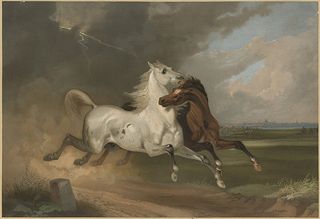
Be aware of the potential danger of riding or handling horses in extreme weather conditions. Horses can get extra "spooky" and if you aren't careful you could get hurt.
Click here to find out why horses spook in the wind
Image: Horse in a Storm by R Adams
Beware of fireworks - horses are scared of fireworks
 Animals are terrified of fireworks and horses are no exception so extra care needs to be taken at times when people are more likely to
be having firework displays such as Guy Fawkes, New Year, July 4th etc.
Animals are terrified of fireworks and horses are no exception so extra care needs to be taken at times when people are more likely to
be having firework displays such as Guy Fawkes, New Year, July 4th etc.
Make sure you know about any events that are taking place near where your horse lives and take the necessary precautions. Find out more by reading Horses and Fireworks.
Image: Sebastian Stabinger licensed under the Creative Commons Attribution-Share Alike 3.0 Unported
Horse riding safety tip: One step at a time
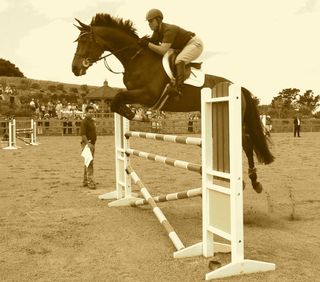
Always be aware of your own equestrian abilities and that of the horse you are riding and don't attempt things too far beyond those set of skills. 27% of equestrian related injuries are due to riders asking a horse to perform outside of the horse's skill. "Equestrian injuries, incidence injury patterns, and risk factors for 10 years of major traumatic injuries" The American Journal of Surgery 2007
Advance and improve slowly, one step at a time.
Image: Steve Jurvetson licensed under the Creative Commons Attribution 2.0 Generic
Staying safe around horses - avoid being kicked
Avoid being kicked by a horse or pony who doesn't know you are behind him by either walking around a horse well out of kicking distance or move around the horse with your hand on his hindquarters to let him know you are there.
According to a 2002 University of Bern study of kick-related equestrian injuries in adults a horse's kick can exert more than 2,000 pounds of pressure which is enough to seriously maim or kill an adult. The study found that the " equestrian community may underestimate the risk of severe injuries attributable to hoof kicks, especially while handling the horse.”
Image: By Henry L. de Bussigny (Internet Archive) [Public domain], via Wikimedia Commons
Horse Safety Tip - Don't pet the end of a horse 's nose
It's not a good idea to pet the end of a horse's nose, it can make him move away, it also encourages some horses to nibble, so give them a good scratch on the withers instead.
Image: 4028mdk09 licensed under the Creative Commons Attribution-Share Alike 3.0 Unported
Horse safety tip - 10 places you should NEVER tie your horse or pony
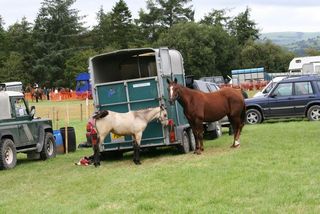
For the safety of your horse, yourself and members of the public your horse should always be tied safely using a quick release knot. Listed below are 10 places that you should never tie your horse:
Never tie your horse or pony to:
A wire fence
A dustbin / garbage bin
A door handle
A deck chair
A porch railing
A wheelbarrow
The wing mirror of your vehicle
A motorbike
A bird table / feeder
A lawnmower
Of course there are lots more places that are unsuitable for tying horses, these are just some that have ended in catastrophe!
Image: © Copyright Bill Nicholls and licensed for reuse under this Creative Commons Licence.
